What are KPIs?
Key Performance Indicators, abbreviated as KPIs, are quantifiable measures used by organizations universally to track and assess progress toward their specific goals.
Think of KPIs as a business' pulse, determining its health, growth, and opportunities.
KPIs function as performance reviewers. To start with, they are set in alignment with the organization's objectives – be it boosting revenue, increasing customer retention, or reducing production downtime.
As time proceeds, these KPIs are compared against real-time performance data to gauge how well the targets are being met.
The importance of KPIs can hardly be overstated. These metrics provide an accurate, quantifiable look at an organization's performance — they help businesses diagnose the problematic areas, forge strategies, and chart pathways for sustainable growth.
Not confined to one particular area, KPIs have a wide sweep of uses. Every department, every team, right from marketing, sales, and HR to production and supply chain, makes use of KPIs to quantify success and guide future actions.
When are KPIs Used?
KPIs serve as a hardy tool to visualize and articulate the organization's vision into actionable, measurable goals.
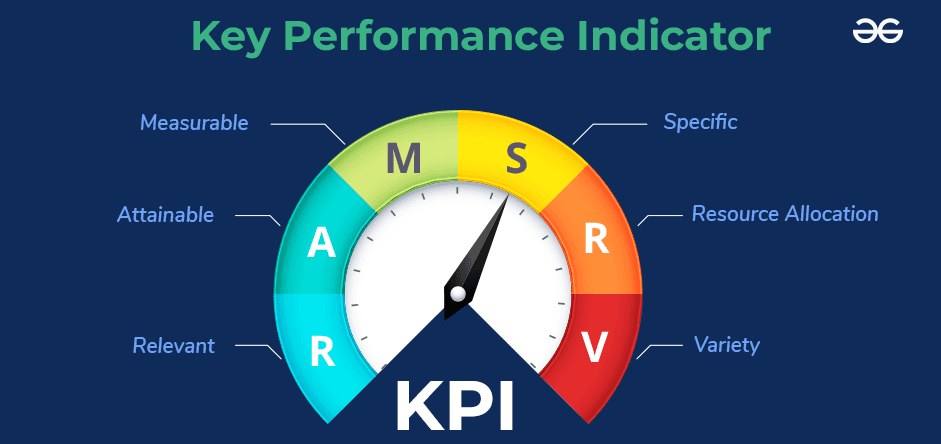
- Performance Measurement: Once the strategies have been implemented, KPIs are regularly referred to measure performance – they are used to assess how the organization, its departments, and its employees are performing vis-à-vis the goals they had set for themselves.
- Employee Evaluation: In human resource management, KPIs perform a crucial function during performance evaluations. They help HR gauge an employee's performance against the benchmark and accordingly decide promotions, bonuses, and other rewards.
- Business Improvement: Last but not least, KPIs are the yardstick for continuous business improvement. By regularly tracking KPIs, organizations can identify where they are lacking and what measures they need to take to enhance performance.
Where are KPIs Used?
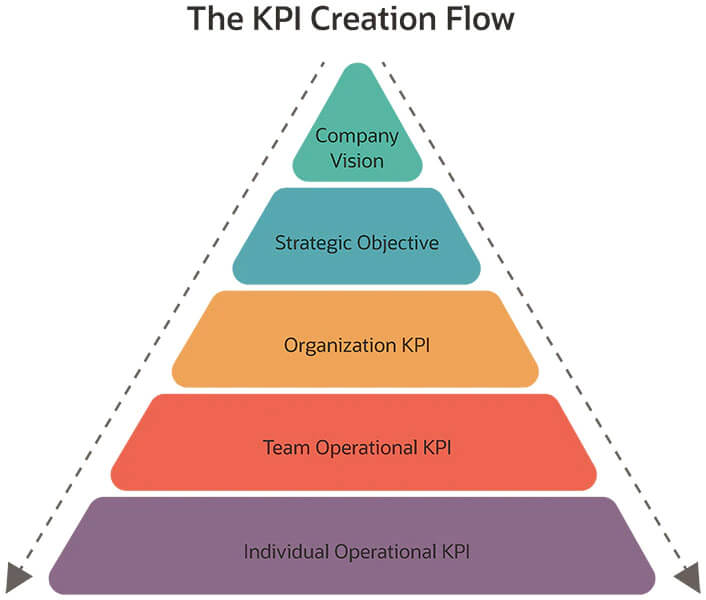
Anywhere there is a process or system, there's room for KPIs (Key Performance Indicators). Whether it's tracking manufacturing defects, order delivery times, or customer support resolution rates – KPIs are constantly in action.
- Goal and Objective Alignment: KPIs are a vital means of ensuring alignment across various teams. They make sure that all teams, irrespective of their functions, are working towards a common business objective.
- Various Industries: Regardless of verticals – be it retail management, manufacturing, IT, healthcare, or education – KPIs have their valuable place in driving success and measuring progress.
- Performance Reports: Performance reporting, one of the major communication tools for stakeholders, extensively uses KPIs. KPIs add credibility and context to these reports, helping readers comprehend the progress over time.
Why are KPIs Important?
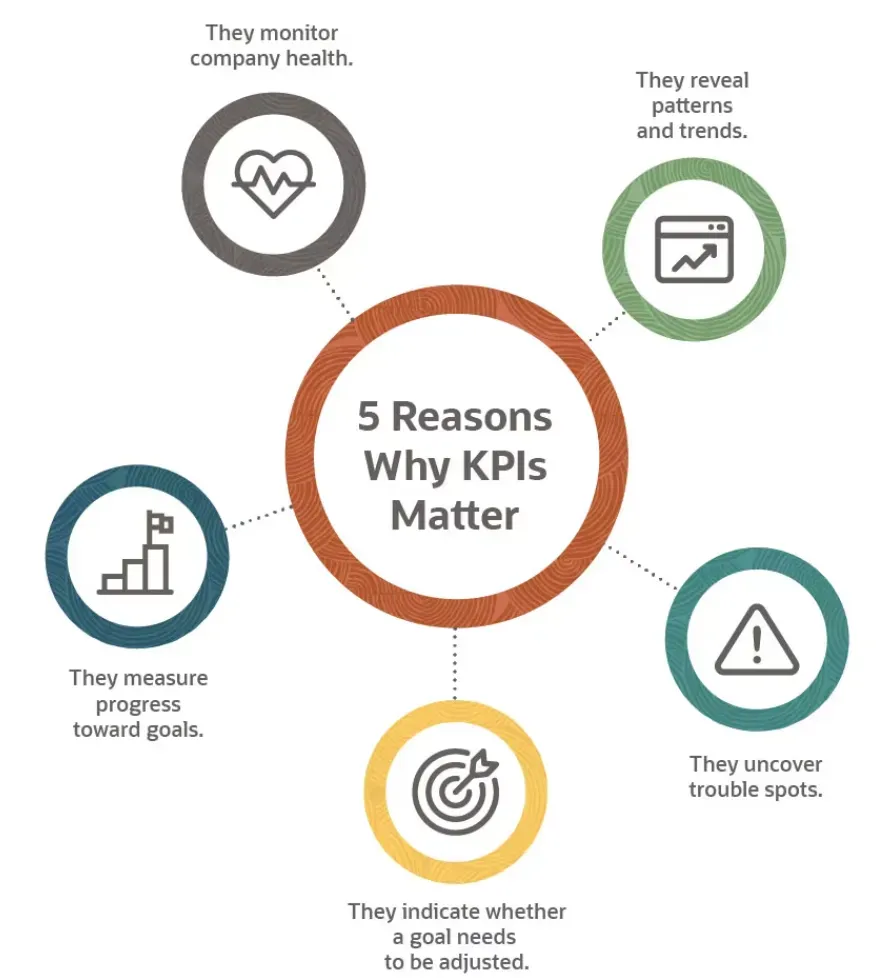
One of the prime benefits of KPIs (Key Performance Indicators) is that they offer clear direction. They break down complex strategy jargon into manageable, understandable targets.
- Drives Performance: By setting a clear line of sight to targets, KPIs motivate employees to give their best shot.
They also facilitate healthy competition and collaboration among various teams.
- Allows Comparison: KPIs enable businesses to compare their performance against competitors or industry benchmarks.
This comparison offers key insights into market trends, threats, and opportunities.
- Enhances Decision Making: From framing strategies to making crucial business decisions, KPIs offer data-driven insights to navigate the path.
They eliminate guesswork and biases, allowing for informed decision-making.
How are KPIs Implemented?
The first step in implementing KPIs (Key Performance Indicators) involves a thorough understanding of the business goals. What is the organization aspiring to achieve in the upcoming quarter, year, or five years?
Define Success
The next step is to define what success looks like for the organization.
Success metrics could be anything from reaching a certain revenue threshold, achieving a customer satisfaction score, or hitting a specific production level.
Collect Data
Once the KPIs are set, relevant data needs to be collected to track progress.
With the rise of digital innovations, organizations today use all kinds of technology – CRM, ERP, HRMS, and others - to gather data.
Regular Review
KPIs are not a one-time affair. On the contrary, they require regular reviews to ensure their alignment with changing business scenarios.
These reviews also help in assessing whether the KPIs are directing the organization toward the set goals.
Examples of KPIs
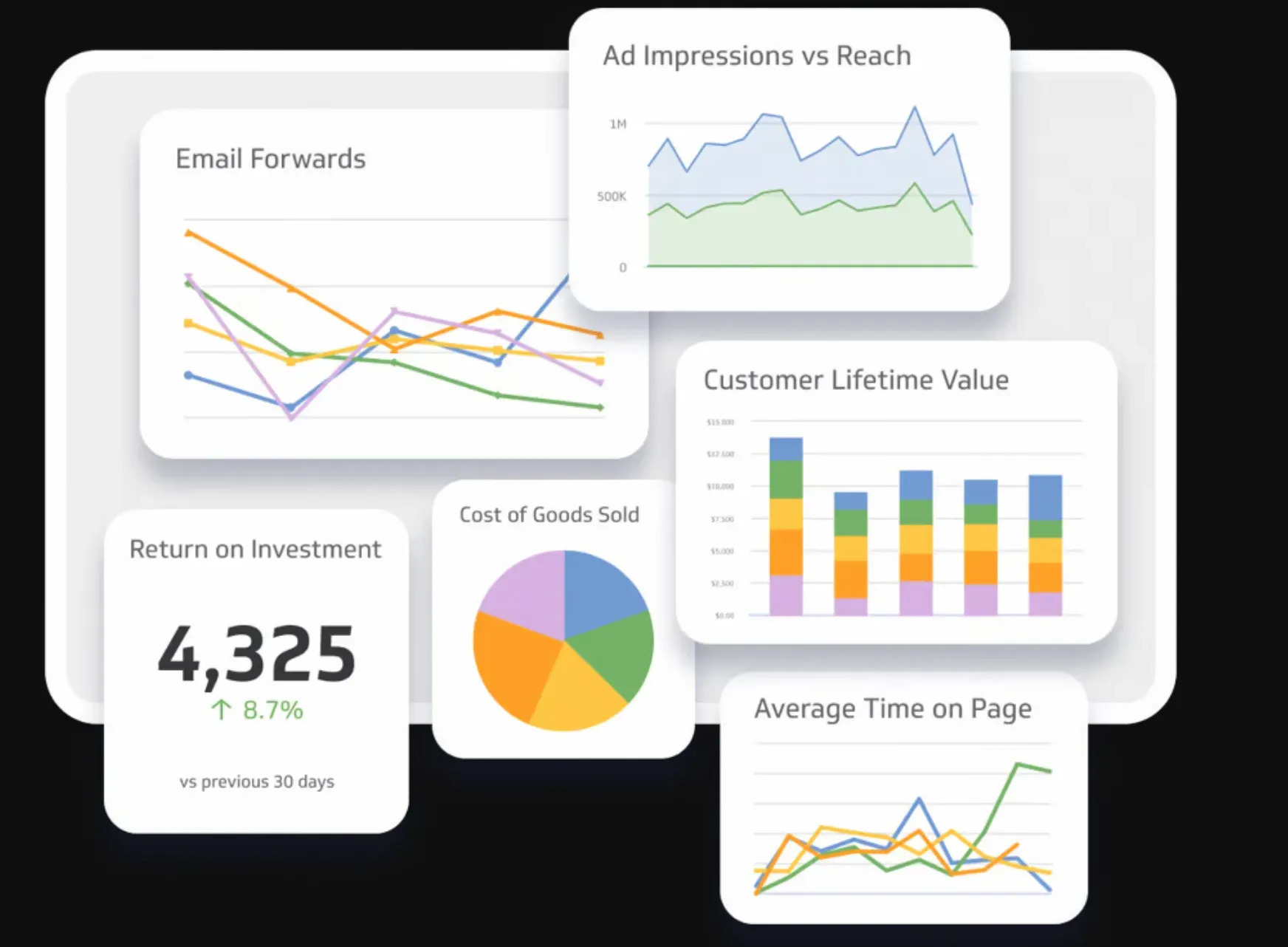
Very common yet powerful, sales revenue is a KPI (Key Performance Indicators) used all across to gauge the effectiveness of sales strategies, assess market trends, and plan future actions.
Net Profit Margin
In evaluating financial health, net profit margin serves as an essential KPI. It measures the profitability of the business after all expenses have been deducted from revenues.
Employee Turnover Rate
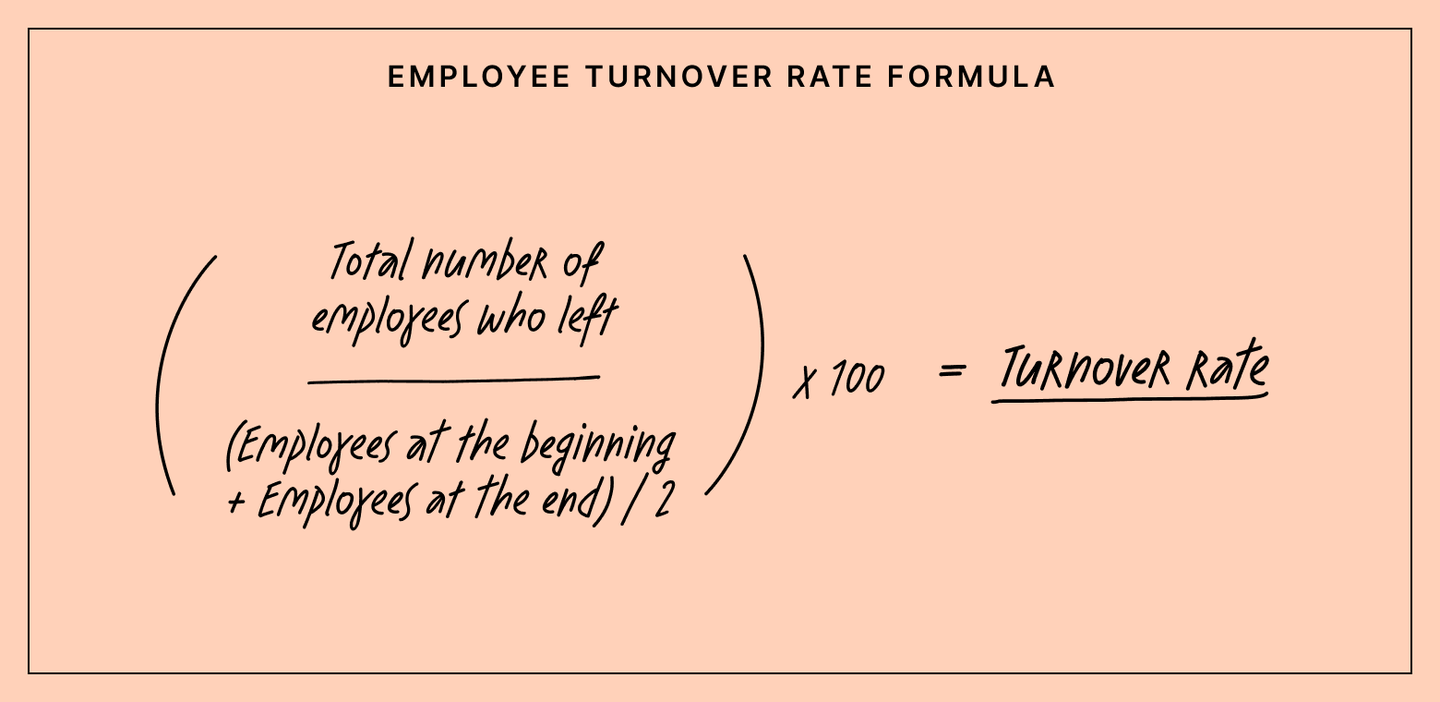
As for HR, the employee turnover rate is a significant KPI. It measures the organization's ability to retain talent and points towards the employee satisfaction level.
Customer Acquisition Cost
In any competitive industry, customer acquisition cost is a pivotal KPI (Key Performance Indicators). It indicates the total cost involved in turning a prospective lead into a loyal customer.
Frequently Asked Questions (FAQs)
What makes a good KPI?
A good KPI is specific, measurable, relevant, and time-bound. It should reflect the organization's objectives, be straightforward to understand and follow and offer insights for continuous improvement.
How many KPIs should a business have?
The number of KPIs primarily depends on the organization's size and goals. However, it is always advisable to keep them limited so that focus doesn't waver.
Generally, every business objective should have 1-2 related KPIs.
Should KPIs be monetary?
Not necessarily. While many KPIs do deal with financial aspects, many others revolve around non-monetary aspects such as customer satisfaction, employee churn, or project completion rate.
Can KPIs change?
Absolutely! With changing business dynamics, KPIs, too need to be agile and flexible. They should be regularly reviewed, optimized, and updated where necessary.
How often should KPIs be reviewed?
This depends on the nature of the KPI and the organization's preference. Some KPIs need daily tracking (like sales), some monthly (like turnover rate), and some yearly (like market share).
More than the timing, what matters is the regular and consistent review of KPIs.

